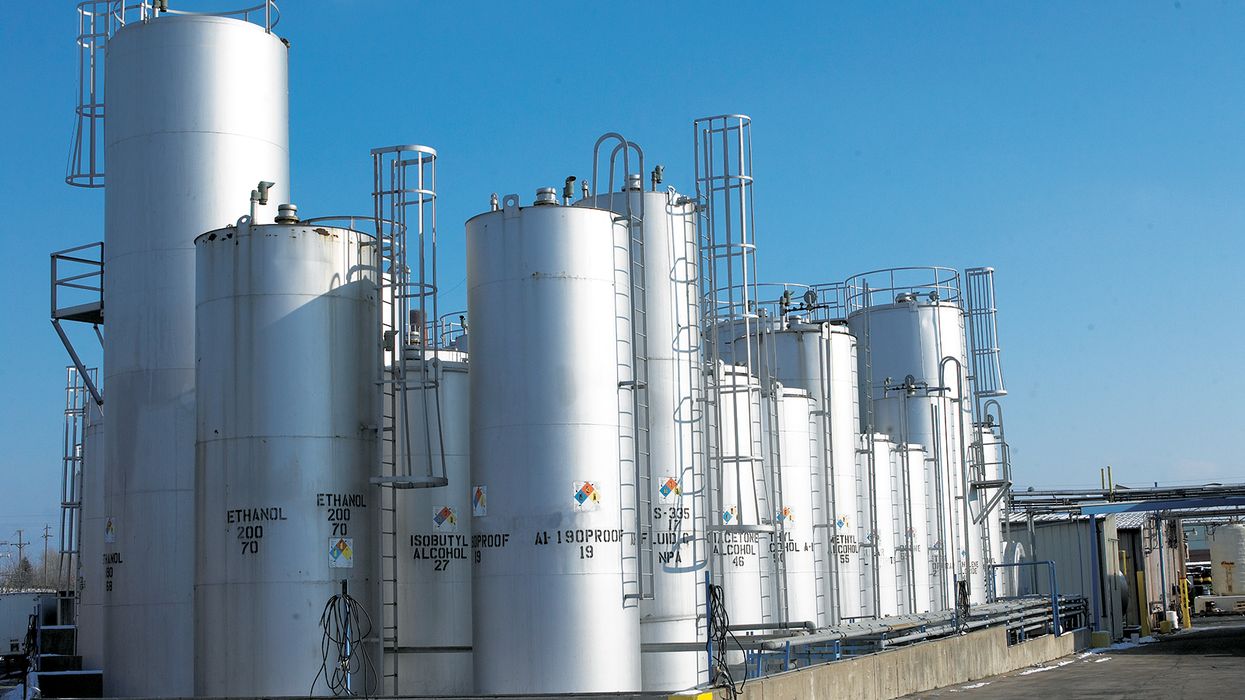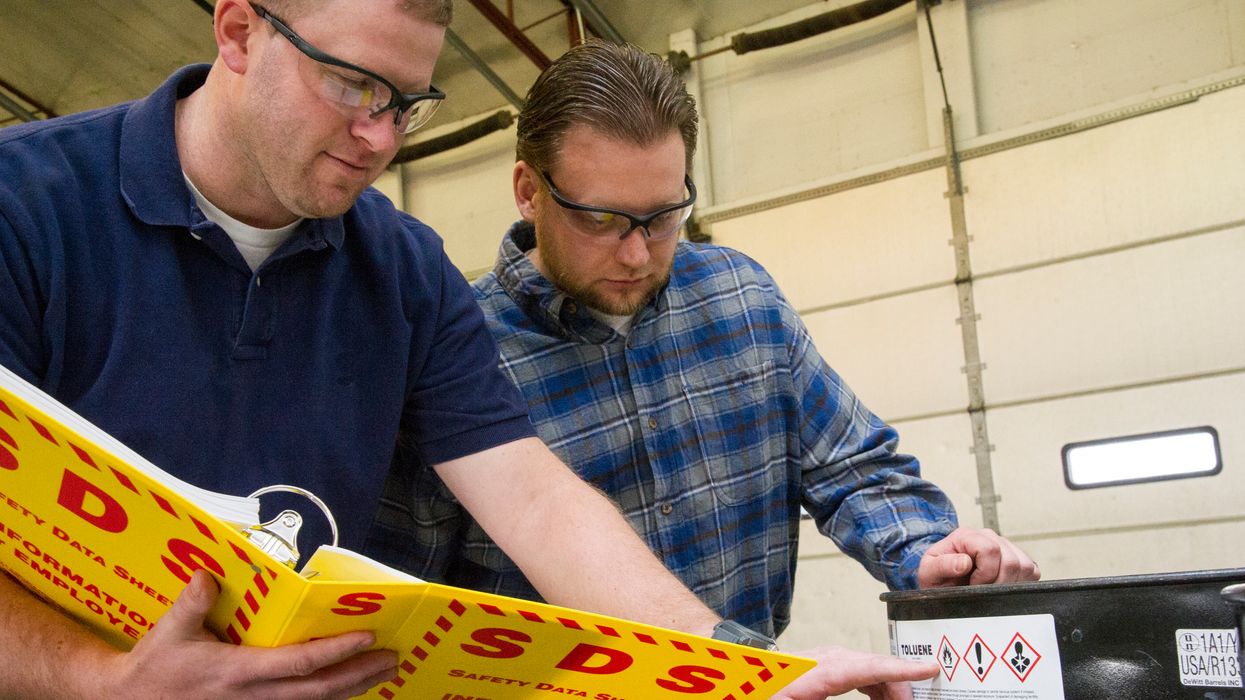A chemical safety reset: Examining EPA's final RMP rule amendments
The Environmental Protection Agency’s (EPA’s) finalized Risk Management Program (RMP) rule amendments, published in the Federal Register on March 11, 2024, mark a significant shift in how facilities managing hazardous chemicals must operate. The rule underwent revisions in 2017, but EPA rolled back these changes in 2019 due to concerns regarding their impact on industry. These 2024 revisions, known as the Safer Communities by Chemical Accident Prevention (SCCAP) rule, retain many of the provisions in the proposed rule and, in some cases, strengthen existing requirements. It ushers in a new era of stricter regulations aimed at preventing accidents and improving public awareness.
Key provisions
Here are the major revisions.
Safer Technology and Alternatives Analysis (STAA)
The SCCAP rule emphasizes a proactive approach to safety. Certain facilities must now conduct a STAA as part of their hazard reviews. A STAA requires a systematic evaluation of safer technologies and alternative methods to reduce inherent risks associated with each process.
While it will certainly require investment in research and potentially equipment upgrades, the STAA requirement fosters a long-term safety culture that could translate to cost savings from reduced incidents.
Third-party audits
The rule introduces mandatory third-party audits. The independent assessments will provide an objective assessment of a facility's compliance with the RMP rule and identify areas for improvement.
Although the initial cost of audits may be a concern, they serve as a valuable tool for identifying and correcting safety issues before incidents occur. Employee participation The SCCAP rule strengthens employee participation in safety programs. Facilities must establish methods for employees to raise concerns and participate in developing incident response procedures.
This not only taps into the valuable knowledge and experience of frontline workers but also fosters a sense of ownership and accountability for safety within the workforce.
Recognized and Generally Accepted Good Engineering Practices (RAGAGEP)
The rule emphasizes the use of RAGAGEP in preventing accidental releases. It expands the scope of considered safety measures beyond minimum regulatory requirements, encouraging facilities to adopt best practices in the industry.
Adhering to RAGAGEP might require changes to existing processes or equipment, but it strengthens overall safety and reduces the likelihood of incidents.
Natural hazards
The SCCAP rule acknowledges the growing threat of climate change and requires facilities to consider natural hazards in their PHAs. Facilities must evaluate how extreme weather events, flooding, or earthquakes could impact their processes and lead to accidental releases.
While the final rule doesn’t require facilities to implement measures to mitigate climate-related hazards, it necessitates a more comprehensive approach to risk assessment.
Public disclosure
The rule requires certain facilities to create public disclosure procedures and share accidental release data with local responders. Facilities must also partner with local responders and document the partnership.
This ensures that a community notification system is established and operative should a reportable accidental release occur.
Informing surrounding communities
The rule finalized a provision that allows people who “reside, work, or spend significant time” within a 6-mile radius of an RMP facility to request more comprehensive information about the facility. The facility must provide this information in English and at least two major languages most used in the community.
How will this impact facilities?
The SCCAP rule will have a significant impact on industry. The initial costs associated with STAAs, third-party audits, and potentially upgrading facilities to comply with RAGAGEP are a concern for many facilities. However, these investments should be viewed as long-term investments in safety that potentially lead to reduced incidents, lower insurance premiums, and improved public image. Furthermore, the rule fosters a culture of continuous improvement, encouraging facilities to constantly evaluate and refine their safety practices. The final rule contains several other changes, such as analyzing the root cause of incidents, providing specific safety information, conducting emergency response exercises, and keeping records of hot-work permits. The final rule also clarifies which facilities qualify for the retail facility exemption under the existing RMP regulations. The finalized RMP rule becomes effective on May 10, 2024, and provides facilities three years to comply with many of the new requirements.
Key to remember: The new amendment to the existing RMP rule, known as the Safer Communities by Chemical Accident Prevention (SCCAP) rule, strengthens the existing regulations in key areas. The SCCAP rule takes effect on May 10, 2024.



















































